Don’t Stop With Email: The 4 Big Customer Messaging Channels (And How to Use Them)
Published on June 07, 2016/Last edited on June 07, 2016/8 min read


Todd Grennan
Content Production Principal, Content Marketing at BrazeBrands have always needed ways to communicate with their customers. Face-to-face conversation with store employees. Billboards. TV commercials. Banner ads. These methods make it possible for marketers to speak to their audience, to highlight upcoming sales and special deals, and to keep their brands top of mind.
As mobile becomes increasingly central to how customers engage with the brands they patronize, reaching your audience effectively means using today’s digital messaging channels to communicate with customers in a thoughtful, targeted way.
But before you can do that, it’s essential to understand what messaging channels are out there and the unique strengths and weaknesses of each one. To help you out, we’ve put together a guide to the four major messaging channels. Read on to see how they can be used to achieve your marketing goals and support the creation and maintenance of strong customer/brand relationships.
What are customer messaging channels?
Customer messaging channels are technology-supported ways for marketers to communicate directly with customers.
Those communications can be transactional (such as a message letting a customer know that their package has arrived) or commercial (like outreach informing customers about a one-day sale or special event). And they’re associated either with your brand’s mobile app or its web site, making it possible to use them to reach app users as well as web visitors on both mobile and desktop.
How many different customer messaging channels are there?
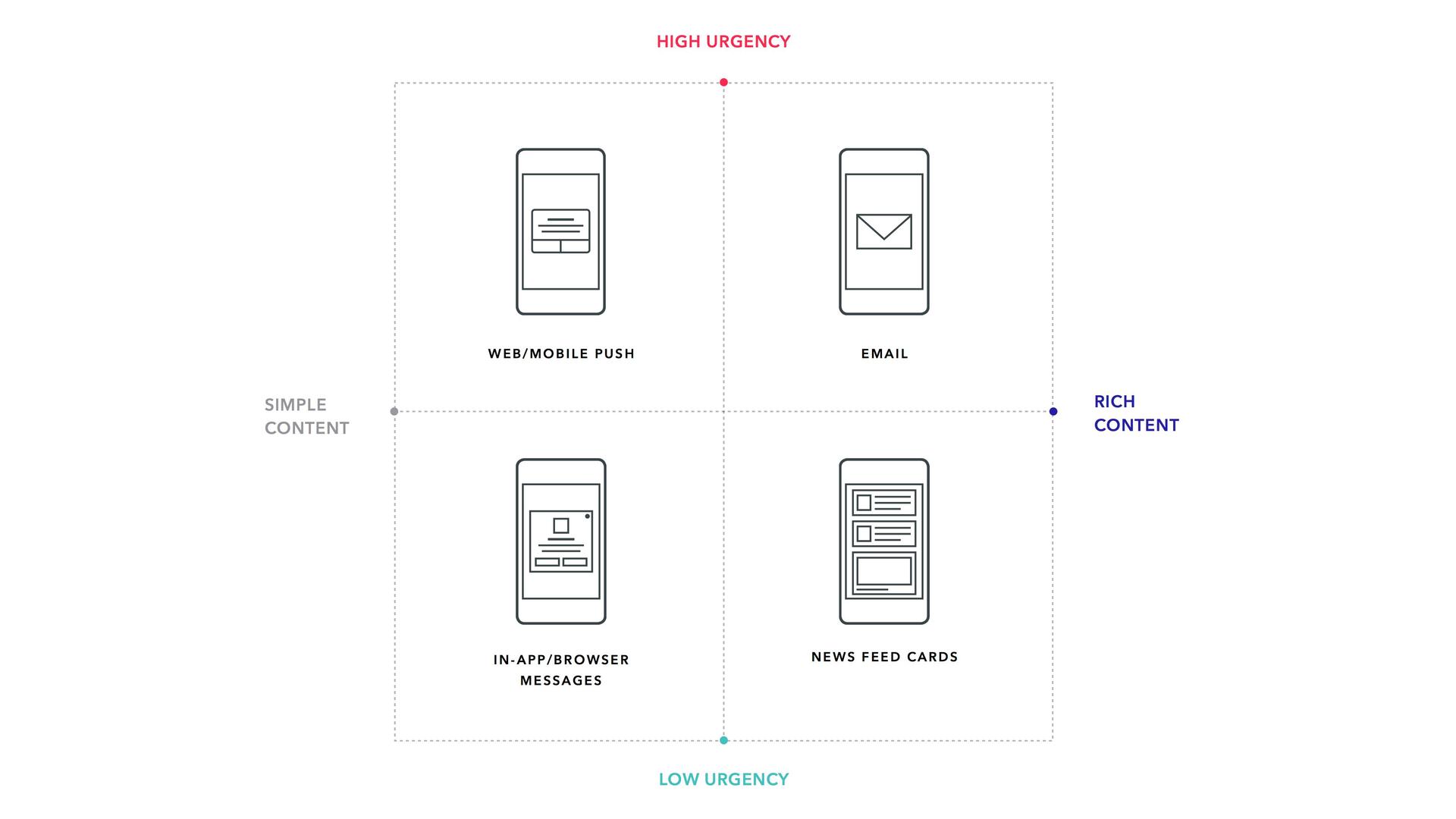
There are four major messaging channels—push notifications, in-app messages, email, and News Feed Cards— that are designed to reach customers on different digital platforms, such as mobile apps, the web, and wearables.
Here’s a quick run-through of the major channels you should know about:
1. Push notifications
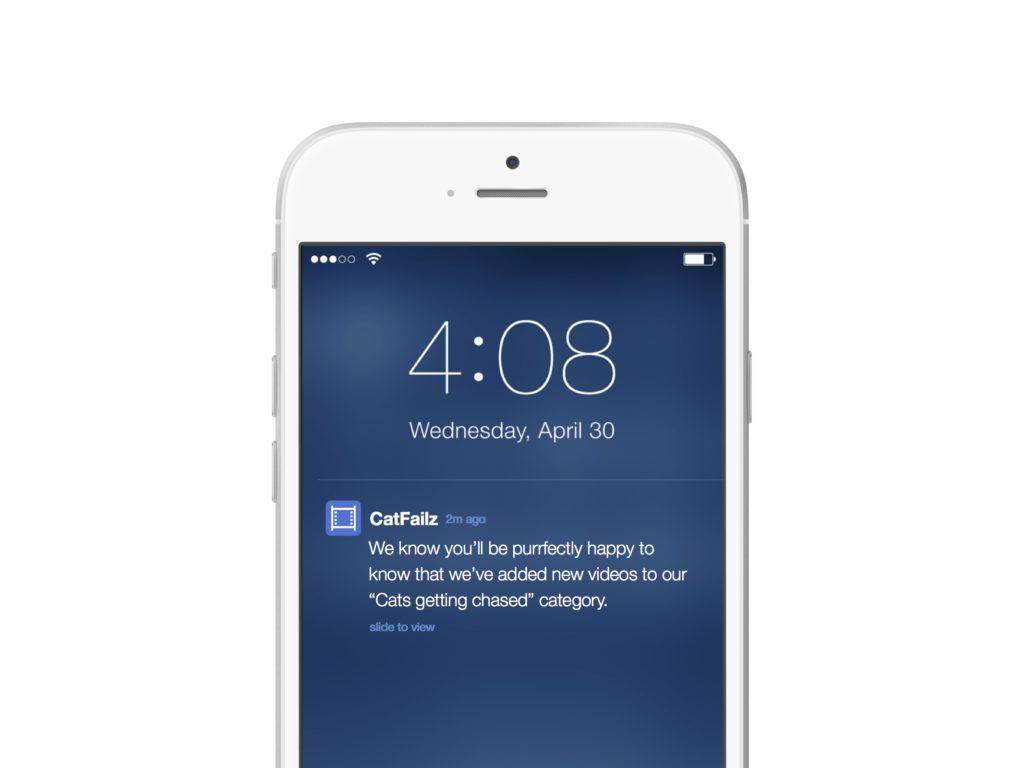
Push notifications are brief, attention-getting messages that brands can use to communicate with their customers even if the message recipients aren’t currently using their app or website. To send a customer a push notification, however, they have to opt in to receive them, something that only 40% of iOS users and 59% of Android users currently do.
Because push notifications appear even if a customer isn’t currently engaged with your brand’s digital presence, they’re a great way to convey urgent information—for instance, to let a customer know that they’ve hit their credit limit, or that their favorite band just announced a concert in their area. But that hard-to-ignore aspect also increases the odds that customers will tune out or opt out of future push outreach if you send too many or too frequent communications through this channel.
The major types of push notifications are:
- Mobile app push notifications: The original (and best known) type of push notifications, which are used to reach app users even when they’re not using a brand’s mobile app
- Web push notifications: This up-and-coming form of push allows marketers to send messages via web browser to web visitors who aren’t currently visiting their site
- Wearables push notifications: With this kind of outreach, marketers can extend the reach of their mobile app push notifications by having their message appear on a customer’s smartwatch or other wearable device, as well as on their smartphone.
2. In-app messages
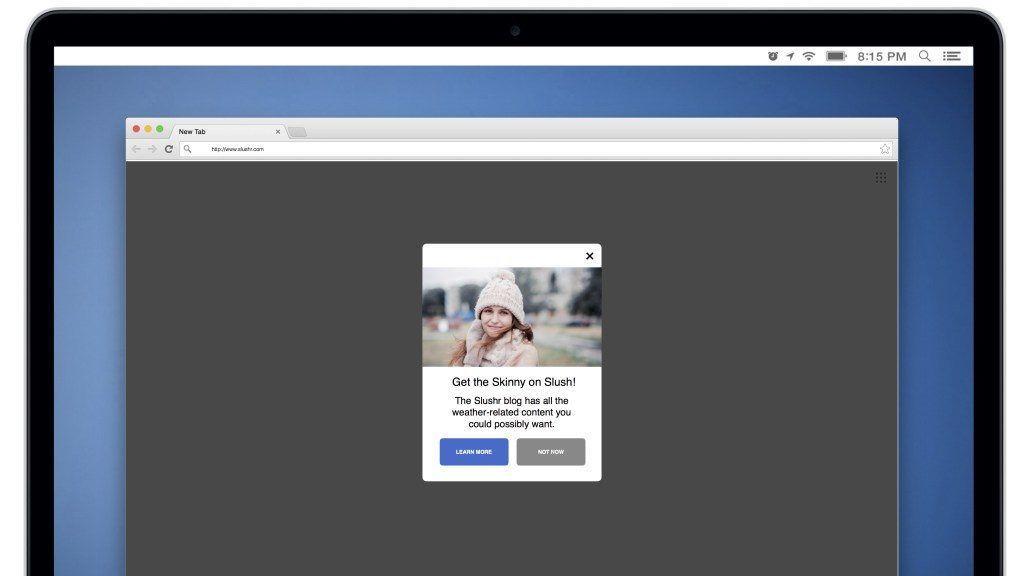
In-app messages are a type of notification that allows marketers to communicate with customers who are currently using their app or visiting their website. This channel doesn’t require customers to opt in and comes in a variety of formats and sizes, allowing it to support both simple, text-focused messages, or longer, content-rich outreach.
While simple in-app messages often strongly resemble push notifications, in many ways this messaging channel is the opposite of push. Because it can exclusively reach customers who are active on your app or website, in-app messaging isn’t an effective way to let customers know about urgent, time-sensitive information; it’s better suited for nudging active customers to carry out desired actions or deepen their engagement with your brand. And while push messages tend to be simple and brief, in-app messages can support images, GIFs, and more detailed text, allowing them to convey more complex messages and richer visual experiences.
The major types of in-app messages are:
- In-app messages: These messages reach app users who are currently using your app, and can be a great way to nudge members of your audience to carry out actions within the app
- In-browser messages: This type of outreach functions similarly to in-app messages, but makes it possible to communicate directly with web viewers as they visit your website
3. Email
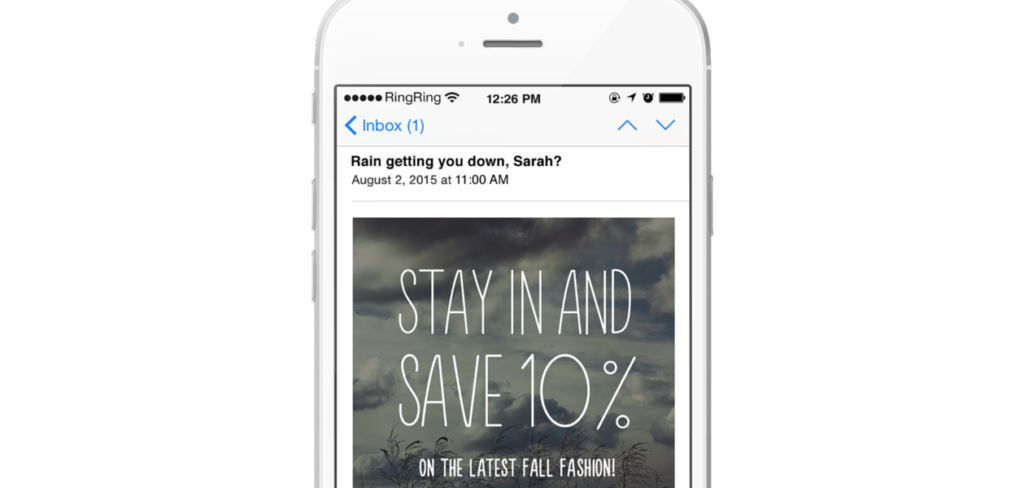
Email is a messaging channel that allows marketers to reach customers with urgent communications that also support the sort of rich content and in-depth copy seen in some in-app messages. It’s the oldest of the messaging channels, but still one of the most effective. And while it’s often contrasted with mobile messaging channels like push, the majority of email opens now happens on smartphones and tablets, making email a major mobile messaging channel in its own right.
But, like push, brands can’t send emails to customers without their permission—not without risking massive fines. That means that while email is a great way to reach your customers, not every customer will be reachable through this channel.
4. News Feed Cards
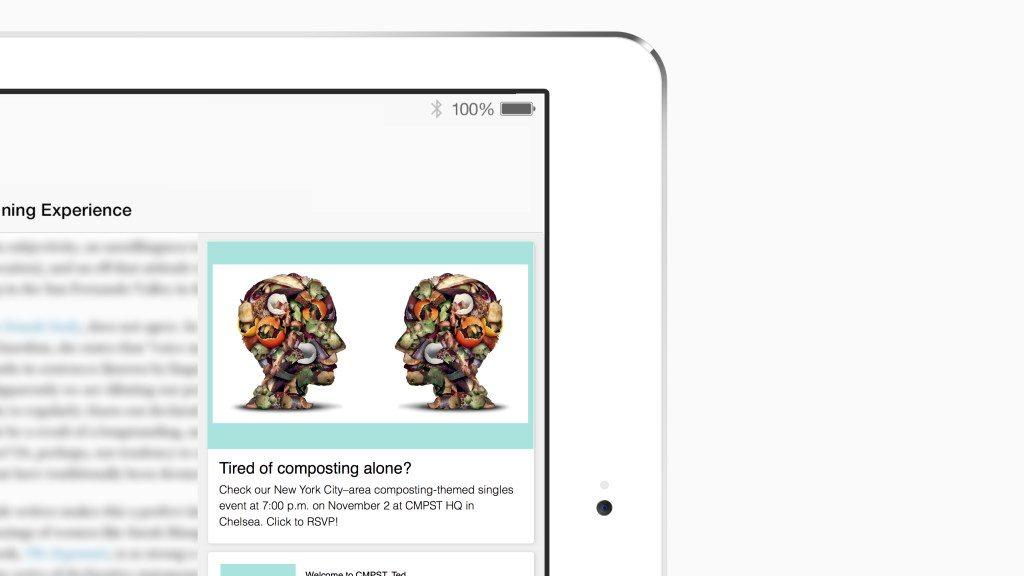
News Feed Cards are an outreach channel that allows marketers to deliver rich content to customers who are currently active on your brand’s website or app without requiring them to opt in. Like email, News Feed Cards are semi-permanent in nature, allowing customers who didn’t engage with a message (or who want to see it again) to revisit it later. However, unlike email, marketers control how long News Feed Cards remain viewable to customers.
The major types of News Feed Cards are:
- App News Feed Cards: These messages feel like an organic part of the in-app experience, but can be individually customized for every user, allowing them to effectively support customer education and engagement efforts
- Web News Feed Cards: The web equivalent of app News Feed Cards, they make it possible to reach web visitors with streaming content that sticks around for as long as marketers want it to
What’s the benefit of using messaging channels to communicate with customers?
The bottom line? You get to hold onto more of them.
Today’s customer journey isn’t like it used to be. It’s no longer about getting someone to make a purchase or watch an ad or sign up for a subscription. The rise of mobile has made it easy for people all over the world to give your brand a try, but if they’re not happy with the experience they get, it’s just as easy for them to start engaging with one (or more!) of your competitors instead. Brands that find ways to keep their customer consistently engaged are able to build durable customer/brand relationships that support higher audience retention and give them more opportunities to monetize their customer base.
Customer messaging is one of the best ways to do that. By taking advantage of these channels, brands can speak directly to their audience, target and personalize the communications that customers receive to highlight the value that their brand can provide, and make an effective case for deeper engagement.
Is it possible to use multiple channels in concert to reach customers?
Not only is it possible, it’s smart. By putting together a coordinated multichannel messaging campaign, you’re giving your campaign more chances to resonate with your audience and increasing the odds that customers receive your outreach in the message channel that they prefer. That increases the power and effectiveness of your messaging—for instance, when brands use multiple channels to encourage customers to complete their app’s onboarding process, they see two-month retention rates nearly twice as high as brands that use push alone.
Why not just use every single channel in every campaign?
Because the only thing worse than failing to take advantage of customer messaging channels is taking advantage of them in a scattershot, slapdash way. If you send push notifications to customers in contexts that don’t fit that channel’s strengths, you’re increasing the chances that they opt out of future notifications or uninstall your app, limiting the channel’s effectiveness. The same goes for email—overdo it, or send messages that don’t make sense in an email context, and you risk unsubscribes. And while marketers don’t have to worry about opt-outs with in-app messages or News Feed Cards, sending irrelevant or poorly considered messages through this channel will only encourage customers to tune out your outreach going forward.
Use multiple channels whenever possible, but make sure that you’re using each one effectively. Need to tell customers about something urgent? Use push and email together. Want to encourage active customers to check out a new feature on your website? Take advantage of in-browser messages and web News Feed Cards. Being thoughtful about how you use each channel—both on its own and together with the rest of your messaging options—will do a lot to support your brand’s customer relationships and ensure that you’re getting the full benefit of this kind of outreach.
Anything else?
The better you understand each customer messaging channel and how to use it effectively, the better positioned your brand will be to take full advantage of the customer engagement, retention, and monetization possibilities that web and mobile customer messaging offers. For in-depth information on each of the four major messaging channels, check out the following blog posts:
Related Tags
Releated Content
View the Blog
The new inbox reality: How iOS changes are reshaping email marketing

Aparna Prasad

Experience optimization: Turning data insights into better journeys

Team Braze

December 2025 Bonfire Marketer of the Month: Jagex’s Emma Oliver
